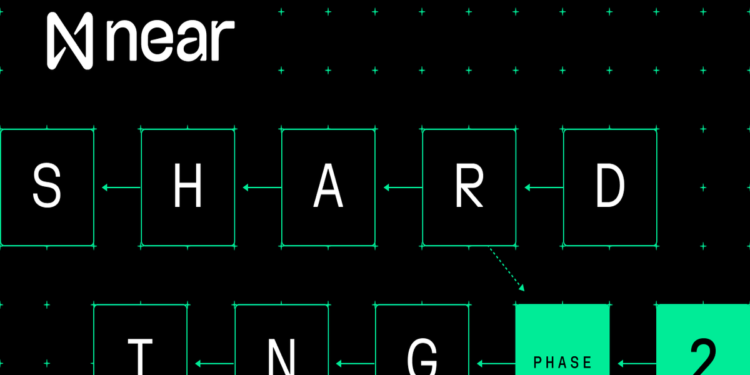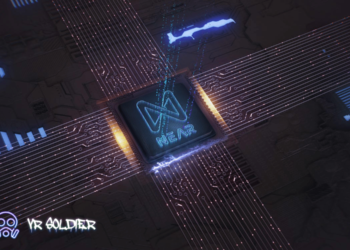NEAR Protocol announced that they will start stage 2 testing of “Sharding Phase 2” of the NEAR project implements , and some significant improvements to its core protocol architecture, facilitating increased decentralization and scalability for the network. On the first of February, the 4th iteration of Stake Wars, which is a community-based testing program, will commence. They announced these massive news on X (formerly twitter).
Announcing Phase 2 of Sharding for NEAR Protocol.
Introducing Stateless Validation. Phase 2 greatly improves the network’s capacity for user volume and is an important landmark on the road to global-scale usage of Web3.
This isn’t even my final form.… pic.twitter.com/FKQyTNW1xh
— NEAR Protocol (@NEARProtocol) January 30, 2024
Whats the Goal of Sharding Phase 2?
An upgradable blockchain layer entirely is essential to accomplish the goal of NEAR, and that basically means a chain abstraction and promotes a wider adoption of decentralized apps. The purpose of the NEAR project is to increase and improve widespread acceptability. On the other hand, a key benefit of the new sharding execution will be a 10x speed increase over NEAR’s rapid transaction output. The term Sharding is NEAR’s method of upgrading and dividing the blockchain into many aligned shards. Its notable to mention that NEAR has the lowest transaction fees in Web3, and with the scalability of Sharding, it will be at the top of the list for potential and upgradeability.
Statement From The CEO of NEAR Foundation
The CEO of NEAR Foundation and Co-founder of NEAR Protocol, Illia Polosukhin, said that the organization is continuously engaged in developing a Chain Abstraction framework that is capable of accommodating over a billion users, and this will facilitate an improved user exposure for all applications intended for end users.

The biggest updates on the NEAR Protocol will occur during Phase 2, which will ensue after its mainnet deployment in 2020. Implementing stateless authentication, which is an innovative way of stage transition, was the most crucial. At present. NEAR authenticators simplify the authentication of state changes by eliminating the need to store shard states. They excel at effortlessly retrieving all the necessary information for authentication, ensuring a smooth and user-friendly experience within the NEAR ecosystem.
Stateless authentication will allow NEAR to achieve optimal sharding performance, wherein shards will operate autonomously during consensus phase. Leading to an increase in the output and decentralization, meanwhile maintaining the highest safety measures and standards. Also, all requirements and hardwares for operating the authenticator nodes are lowered. This improves the degree of decentralization in the network.
NEAR Protocol: Optimistic Future with Stateless Authentication & Sharding Innovations
The Director of Protocol at Pagoda, Bowen Wang, shared optimism about NEAR’s stateless authentication and highlighted how important it is for the future. As zero-knowledge evolves, he foresees other protocols adopting similar features and approaches to reduce machines initiating transactions, meanwhile larger authenticator configurations verify proofs.
In The Phase 2 of Sharding, NEAR departs from its original Nightshade sharding, which took place in 2020, simply they will be overcoming critical obstacles related to the design. This shift provides supplementary benefits and introduces network enhancements like an in-memory trie. Validator nodes can now load the complete state into RAM, optimizing overall performance.
NEAR Stake Wars IV: Attack of Transactions
NEAR Protocol is set for a release soon, and its a major update of the core protocol architecture that takes scalability to the next level. This update is called stateless validation, and it has ample impact on how the network operates internally. We invite everyone to join an early access network that runs on this new architecture, StatelessNet, and run a stateless validator node or test the network throughput and scalability.












